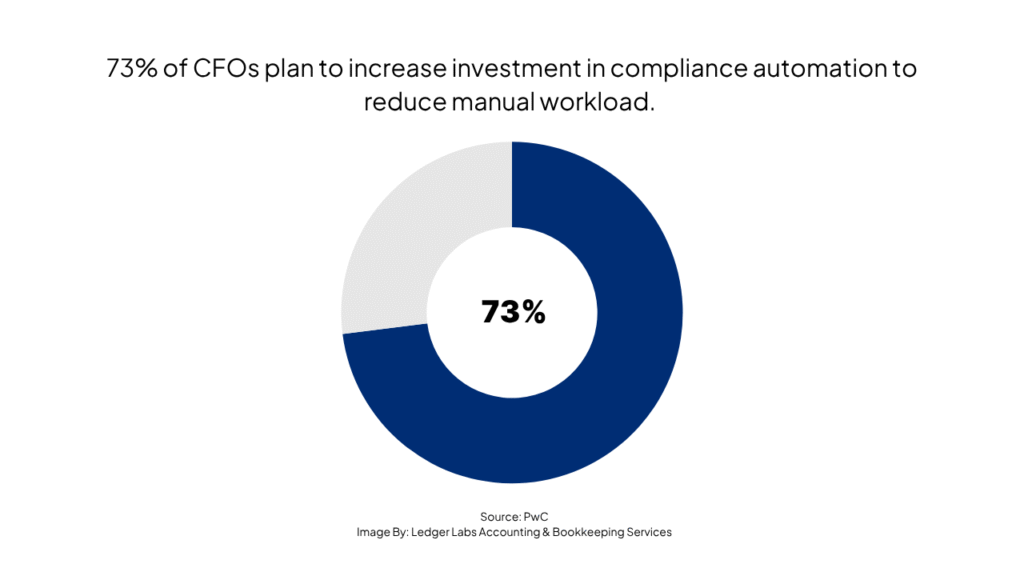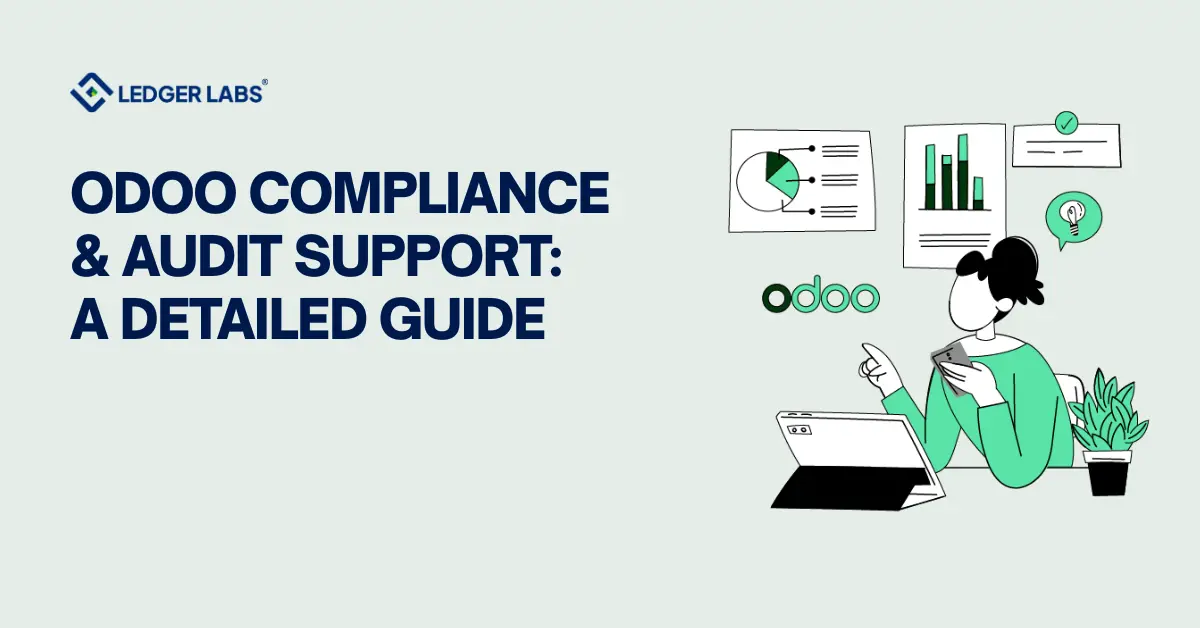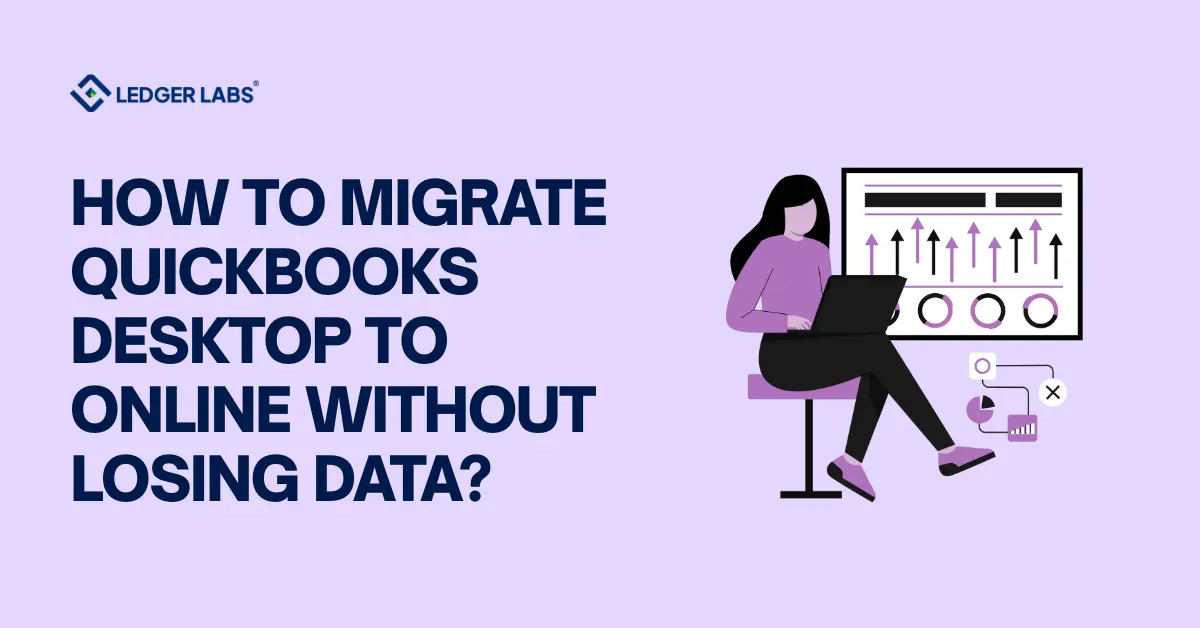Compliance is the invisible infrastructure of every credible business.
Whether you are managing payroll, vendor payments, or consolidated reporting, the systems behind your data determine how easily you can prove that your records are accurate.
When regulators, investors, or auditors ask questions, you need software that already contains the answers.
Odoo delivers that foundation by combining accounting, operations, and audit-support tools into a single, traceable framework.
Every document, approval, and journal entry lives in one database, creating an auditable chain from transaction to report. Rather than relying on disconnected spreadsheets, Odoo users get built-in compliance logic that enforces accountability at each step.
This guide explains how Odoo supports compliance management and audit preparation. It covers the controls that make Odoo compliant by design, how those controls align with US accounting expectations, and what practical steps businesses can take to maintain that structure year-round.
Key Takeaways
- Odoo’s unified architecture enforces compliance through structure, not add-ons.
- Immutable journals, audit trails, and approval hierarchies satisfy major audit standards.
- Built-in reporting aligns with GAAP and IFRS, ensuring data consistency.
- Role-based access and document linking simplify internal and external audits.
- SOC 2 and SOX-aligned security practices protect both financial and personal data.
- Regular reviews, period locks, and automated reconciliations sustain long-term compliance.
What Compliance Means Inside Odoo?
Compliance inside an ERP system means aligning business data and workflows with external regulations and internal control standards.
For accounting, that includes GAAP, IFRS, and industry-specific frameworks such as SOX or SOC 2.
Odoo supports these requirements through its architecture:
- Every transaction automatically generates a journal entry tied to a unique user and timestamp.
- The database is immutable after posting, so records cannot be silently altered.
- Workflows are built around permissions and approvals, keeping financial authority transparent.
- Every change creates an audit trail, allowing auditors to track history without manual logs.
This structure satisfies three pillars of compliance: accuracy, traceability, and accountability.
Instead of retrofitting compliance later, Odoo builds it into the transaction process itself.
What Compliance Means Inside Odoo?
Regulatory pressure and data scrutiny have risen sharply.

- In 2024, PwC reported that 73 percent of CFOs plan to increase investment in compliance automation to reduce manual workload.
- IBM’s Cost of a Data Breach Report 2023 calculated the average U S data-related compliance failure at $9.48 million.
Even smaller breaches or reporting errors can trigger financial restatements, tax penalties, and reputational damage.
For growth-stage companies, these costs aren’t abstract.
Manual reconciliation or version-tracking gaps create risk every month. Odoo reduces that exposure by standardizing how data is recorded, validated, and stored. Because every app shares a single data model, compliance isn’t scattered; it is systemic.
Ledger Labs observes that when businesses consolidate their accounting, sales, and inventory operations into Odoo, audit preparation time drops by roughly 35 to 50 percent.
That efficiency gain is the direct result of traceability built into every workflow.
Core Compliance Features in Odoo
a. Audit Trail and Change Tracking
Odoo logs each transaction with a digital signature and timestamp.
Once posted, journal entries cannot be deleted – only reversed or adjusted through corrective entries.
Auditors can follow a transaction from source invoice to general ledger entry in seconds, verifying both origin and approval chain.
This eliminates “invisible edits,” one of the biggest weaknesses in spreadsheet-based accounting.
b. Role-Based Access and Segregation of Duties
Odoo enforces separation of duties through layered access rights. Administrators assign user groups such as Accountant, Reviewer, or Manager, each with specific permissions.
A staff member who enters vendor bills cannot also approve payments. This mirrors the SOX requirement that no single person should control both initiation and authorization of financial activity.
c. Record Locking and Data Integrity
After validation, financial records in Odoo become read-only. Adjustments create new entries rather than overwriting history. This ensures the ledger remains tamper-proof and compliant with GAAP principles of permanence and transparency.
d. Document Attachment and Evidence Linking
Each financial record supports direct attachments — invoices, receipts, or purchase contracts. During audits, supporting evidence is visible beside the transaction itself, eliminating cross-folder searches. This small feature can cut hours from document sampling and testing.
Financial Reporting and Regulatory Alignment
Odoo’s accounting engine produces reports formatted for both U S GAAP and IFRS. Standard statements include balance sheets, profit-and-loss, cash-flow, and aged receivables or payables. Because the data originates from validated journals, these reports are audit-ready by default.
Tax reporting is equally structured. Odoo automates state and federal sales-tax calculations, VAT where applicable, and vendor 1099 summaries. Businesses can configure reporting templates to match jurisdictional rules, ensuring accurate filing without external spreadsheets.
In Ledger Labs implementations, we map every account to a predefined GAAP structure and configure fiscal periods to lock automatically after close. This prevents back-dated postings and aligns Odoo reporting with audit timelines.
Access Controls and User Accountability
Beyond general permissions, Odoo includes granular access rules and approval hierarchies.
Examples that reinforce compliance discipline:
- Dual approval flows: purchase orders or vendor bills above a set amount require secondary authorization.
- Sales discount limits: managers must approve discounts beyond a threshold, preventing revenue distortion.
- Bank reconciliation restrictions: only accounting managers can finalize reconciliations, maintaining oversight.
Each of these controls can be configured per company or subsidiary. Combined, they create a culture of compliance enforced by the system itself rather than post-hoc supervision.
Automating Audit Preparation
Traditional audit preparation means chasing spreadsheets and gathering receipts. Odoo replaces that with live data and structured exports. Auditors can access or request:
- General Ledger filtered by date, journal, or account.
- Partner Ledgers to confirm receivable and payable balances.
- Tax Reports showing liabilities and filings.
- Audit Logs listing user actions and timestamped modifications.
Because the data is centralized, generating an audit package can take minutes instead of weeks.
Many Ledger Labs’ clients now provide auditors temporary read-only access to their Odoo environment, reducing dependency on exported files and eliminating version confusion.
External Audits and Odoo’s Support Structure
External audits test not just your numbers but the reliability of the systems that produced them. In traditional setups, auditors rely on exported spreadsheets and supporting documents that must be manually gathered from multiple systems. Odoo changes that workflow.
Because all data lives in a single, relational database, auditors can trace financial activity end to end. Each sales order, vendor bill, or journal entry links directly to its source transaction. This eliminates “data islands” and reduces the chance of inconsistencies between subledgers and the general ledger.
Auditors benefit from Odoo’s:
- Immutable transaction history: Entries cannot be edited after posting.
- User traceability: Each entry lists the exact user who created, modified, or approved it.
- Attachment support: Invoices, contracts, and approvals can be viewed alongside each journal line.
- Custom report filters: Auditors can isolate specific journals, timeframes, or users without altering the data.
With controlled read-only access, external reviewers can independently verify data integrity without requiring parallel exports.
This not only shortens audit cycles but also reduces human error during report preparation.
Internal Audit and Continuous Monitoring
Internal audits are the foundation of preventive compliance. Odoo supports them through real-time data visibility and structured access rights. Finance teams can monitor activity continuously rather than relying on quarterly reviews.
Useful internal audit practices inside Odoo include:
- Daily or weekly reconciliation dashboards: show unmatched bank transactions or unposted entries.
- Automated exception alerts: flag out-of-sequence invoices, duplicate bills, or negative inventory.
- Role-based activity tracking: helps detect segregation-of-duty violations early.
- Approval logs: confirm whether financial thresholds are respected at the transaction level.
By converting static reviews into dynamic dashboards, Odoo turns auditing into an everyday process. Instead of waiting for year-end findings, managers can correct discrepancies as they appear.
Conclusion
Odoo transforms compliance from a manual burden into a structural advantage.
Through built-in audit trails, controlled access, and unified reporting, it gives organizations the ability to demonstrate accuracy at any point in time.
For finance and operations leaders, this means fewer compliance gaps, faster audits, and greater confidence in the integrity of their data.
Ledger Labs helps clients implement these Odoo controls correctly from day one – ensuring compliance is not just documented but enforced within the system. Book a call with us.













